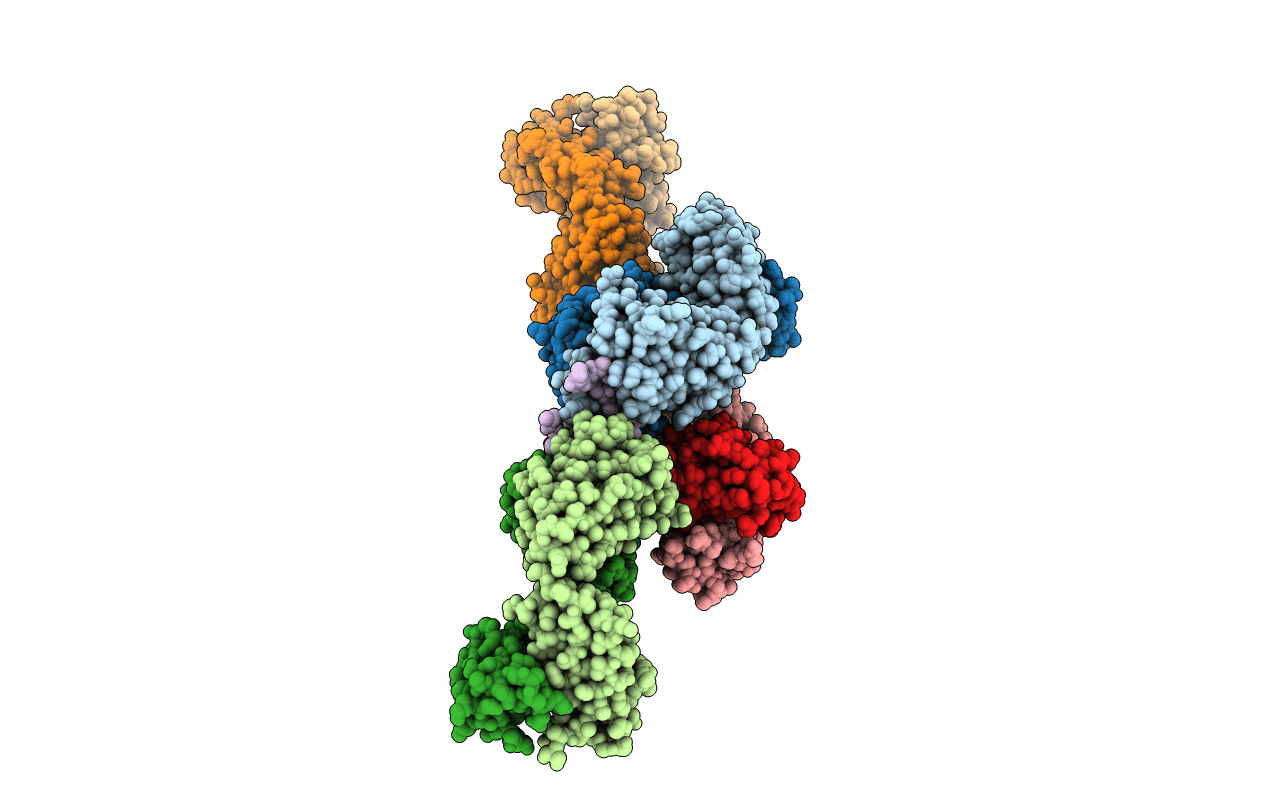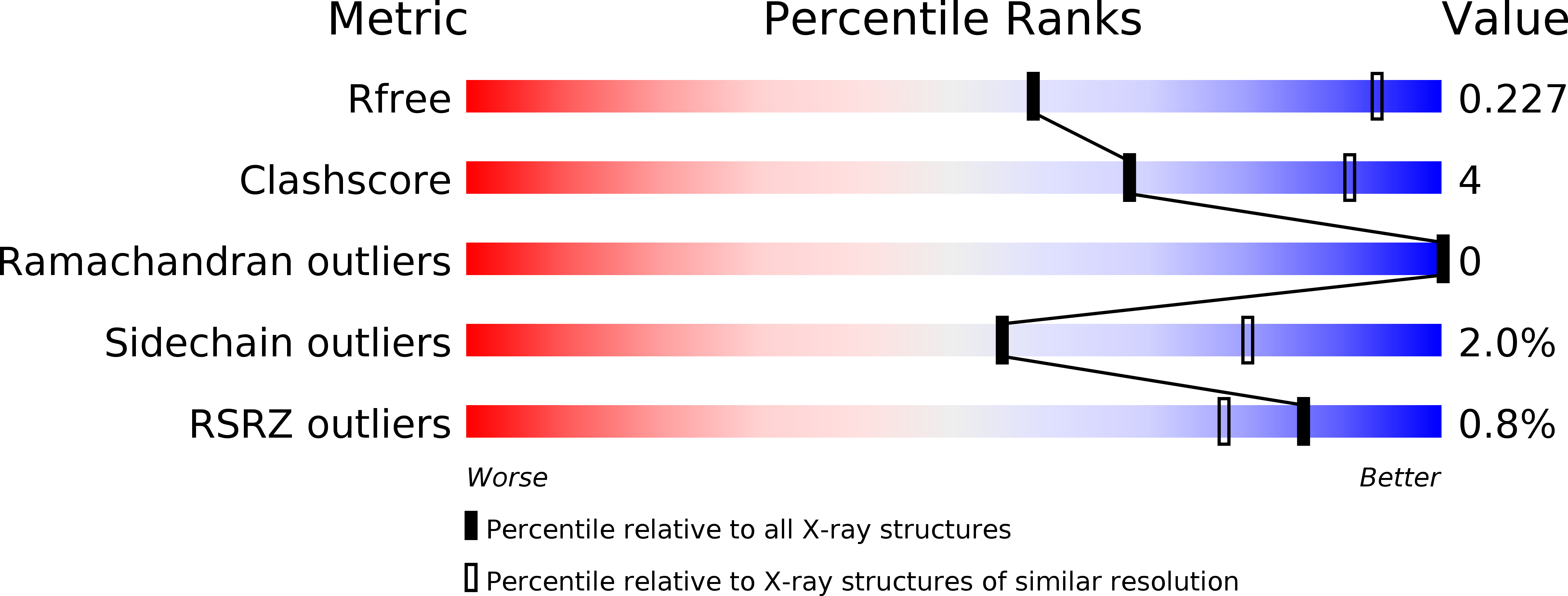
Deposition Date
2018-04-09
Release Date
2018-06-13
Last Version Date
2024-10-23
Entry Detail
PDB ID:
6D01
Keywords:
Title:
Crystal structure of 1210 Fab in complex with circumsporozoite protein NANP5
Biological Source:
Source Organism:
Homo sapiens (Taxon ID: 9606)
Plasmodium falciparum (Taxon ID: 5833)
Plasmodium falciparum (Taxon ID: 5833)
Host Organism:
Method Details:
Experimental Method:
Resolution:
3.20 Å
R-Value Free:
0.22
R-Value Work:
0.20
R-Value Observed:
0.20
Space Group:
C 1 2 1


